Back at Mut – How things have changed!
Our first day at the site this year was February 6, so most of this first posting will be about how the site has changed since we left in January 2011.
In February 2012 the American Research Center in Egypt, with funding from USAID and in co-operation with the Ministry of State for Antiquities, began a project to prepare the Mut Precinct to open to visitors. They are not excavating but rather attempting to control the rampant growth of grasses and reeds at the site and making cosmetic improvements that will make the precinct more accessible to visitors. Under the direction of John Shearman, ARCE’s Associate Director in Luxor, there has been considerable progress.
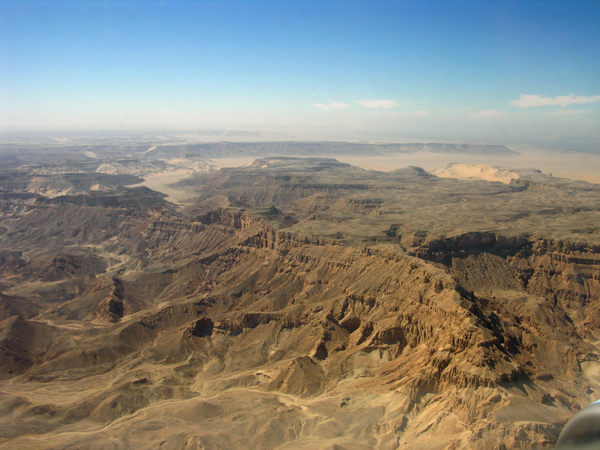
As always, the view from the plane on the trip from Cairo to Luxor was spectacular. This year we flew down the west side of the Nile, over rugged and desolate mountains.
![Richard Hassan1[1]](../../../d18xwelq3wp3pf.cloudfront.net/community/blogosphere/wp-content/uploads/2013/02/Richard-Hassan11.jpg)
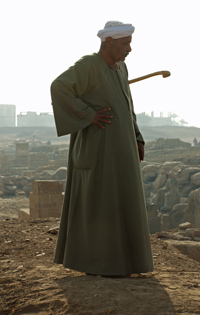
First, I’d like to introduce you to the Egyptian colleagues with whom we’ll be working this season. Our MSA inspector this year is Hassan El-Tawab. He and I took a tour of the site on Thursday. Once again, our foreman is Farouk Sharid Mohamed, a friend and colleague of more than 30 years.
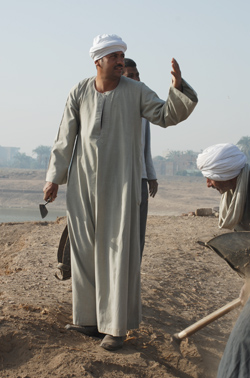
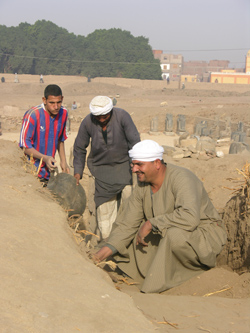
Farouk’s two sons Ayman (left) and Abdel Aziz will be the Quftis working with us in 2013. They, too, have many years of experience excavating at Mut and other sites and are a delight to work with.

Expeditions at the Mut Precinct have always worked together whenever possible. When the ARCE team asked if we could excavate part of the mound of earth east of the gate in the Mut Temple’s first court (left) so that they could remove a number of large, undecorated blocks from the court, we were glad to oblige. We are hoping to find more of the paving that links the first court to the chapel on the rise of ground to the east.
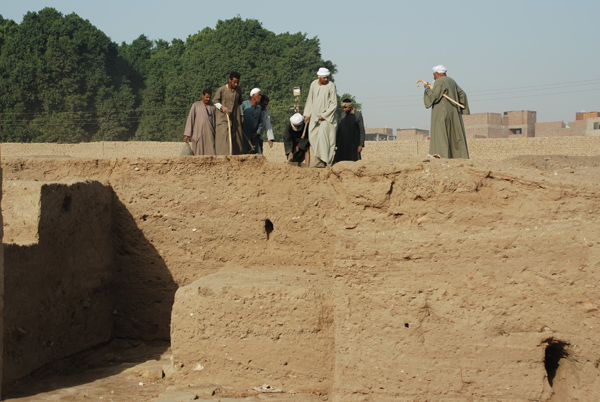
One of the things we want to do this year (a small project) is clear the remaining earth in the square west of the Taharqa Gate where we uncovered paving in 2010. First, though, we need to remove the loose earth along the west baulk to prevent an unwary walker from falling.
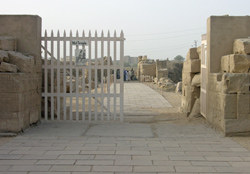
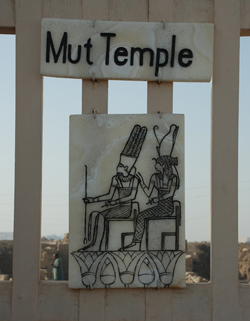
Now to the changes the ARCE has made. To make it easier to get into the site and and into the Mut Temple they have been laying new paving along the precinct’s main axis. What remains of the ancient paving of the approach to the Mut Temple was badly deteriorated so it was carefully covered with protective material and the new paving laid on a bed of clean sand. Where the paving is in better condition, new blocks are laid around the ancient stones. The new signs for the temple are Egyptian alabaster etched with the images and temple name.
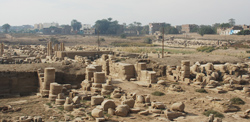
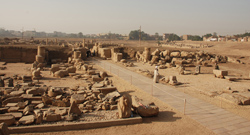
On the left is the road between the precinct entrance and the Mut Temple as it was in January 2011; on the right, the same area today. Quite a difference.
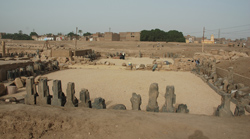
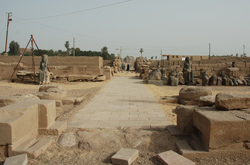
The first court (left) and second court have been leveled and laid with fine gravel so people can get to the Sakhmet statues. The new paving continues through the second court to the entrance to the rear part of the temple (foreground).
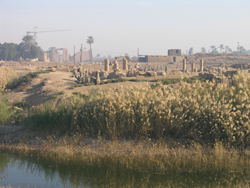
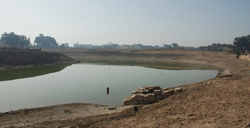
One of the project’s biggest challenges has been to control the growth of reeds around Mut’s Sacred Lake without the use of herbicides. In 2008-2009 the lake was drained so that the Johns Hopkins University expedition, directed by Dr. Betsy Bryan, could excavate along its shores. Once the lake was allowed to refill, the reeds grew back almost as thickly as ever; the photo on the left was taken in January 2011. The method ARCE has used seems to be working (right) without making the Isheru inhospitable to the many types of birds who feed there. In the background on the right is the pathway the ARCE team has built around the lake to allow visitors to enjoy its beauty.
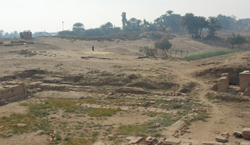
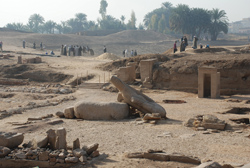
To make it easier to get to the pathway on the east side of the Mut Temple (still under construction), the ARCE team has built shallow stairs leading south from the junction of Mut’s First Pylon (right) and Temple A (left). We appreciate the stairs, too, as we are doing some work in this area. All in all, navigating the site’s monuments is much less of a challenge than it was before.
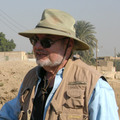
Richard Fazzini joined the museum as Assistant Curator of Egyptian Art in 1969 and served as the Chairman of Egyptian, Classical and Ancient Middle Eastern Art from 1983 until his retirement in June 2006. He is now Curator Emeritus of Egyptian Art, but continues to direct the Brooklyn Museum’s archaeological expedition to the Precinct of the Goddess Mut at South Karnak, a project he initiated in 1976. Richard was responsible for numerous gallery installations and special exhibitions during his 37 years at the museum. An Egyptologist specialized in art history and religious iconography, he has also developed an abiding interest in the West’s ongoing fascination with ancient Egypt, called Egyptomania. Well-published, he has lectured widely in the U.S. and abroad, and served as President of the American Research Center in Egypt, America’s foremost professional organization for Egyptologists.
